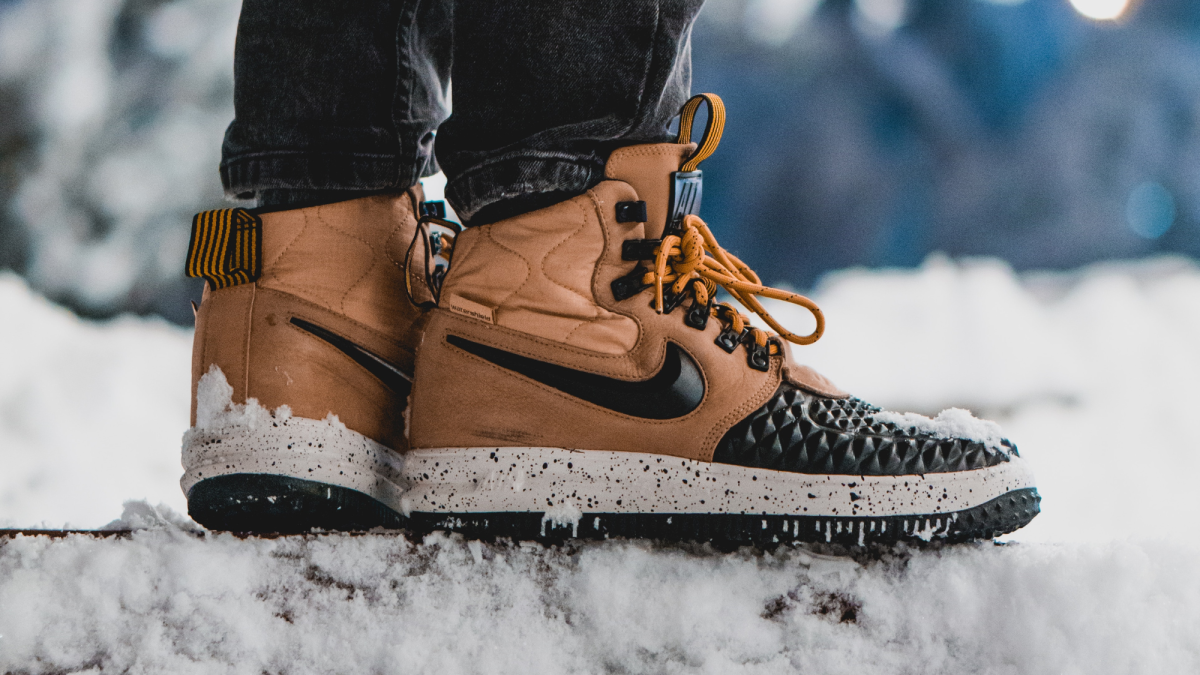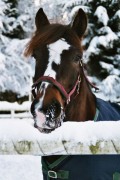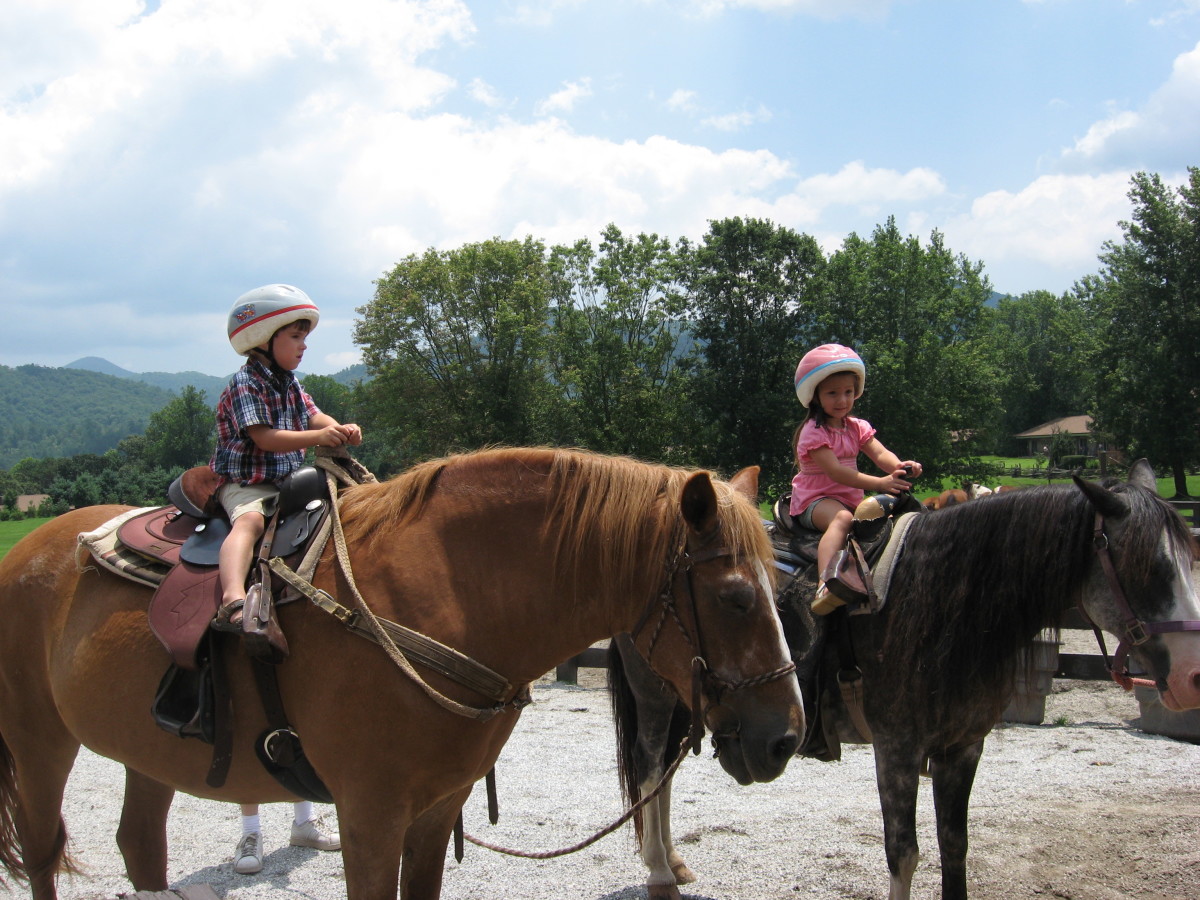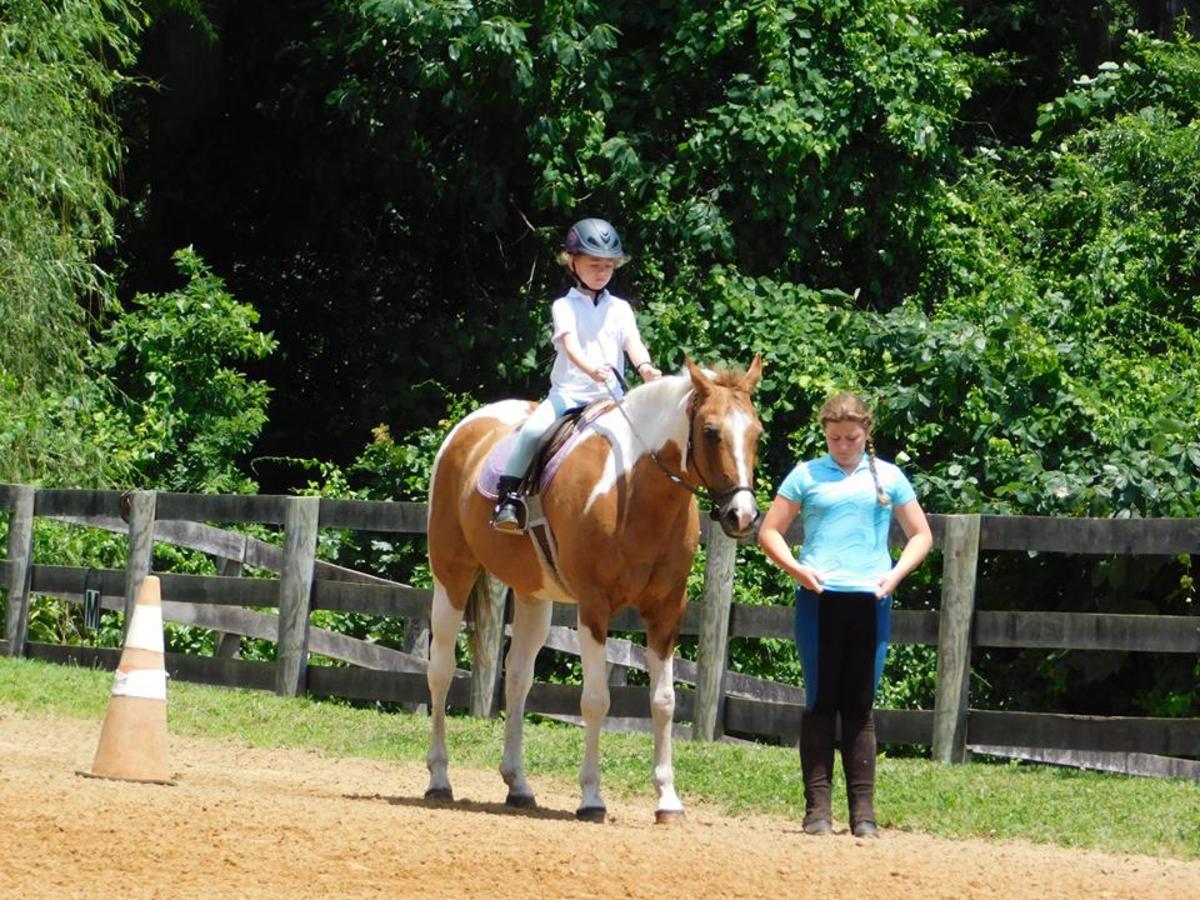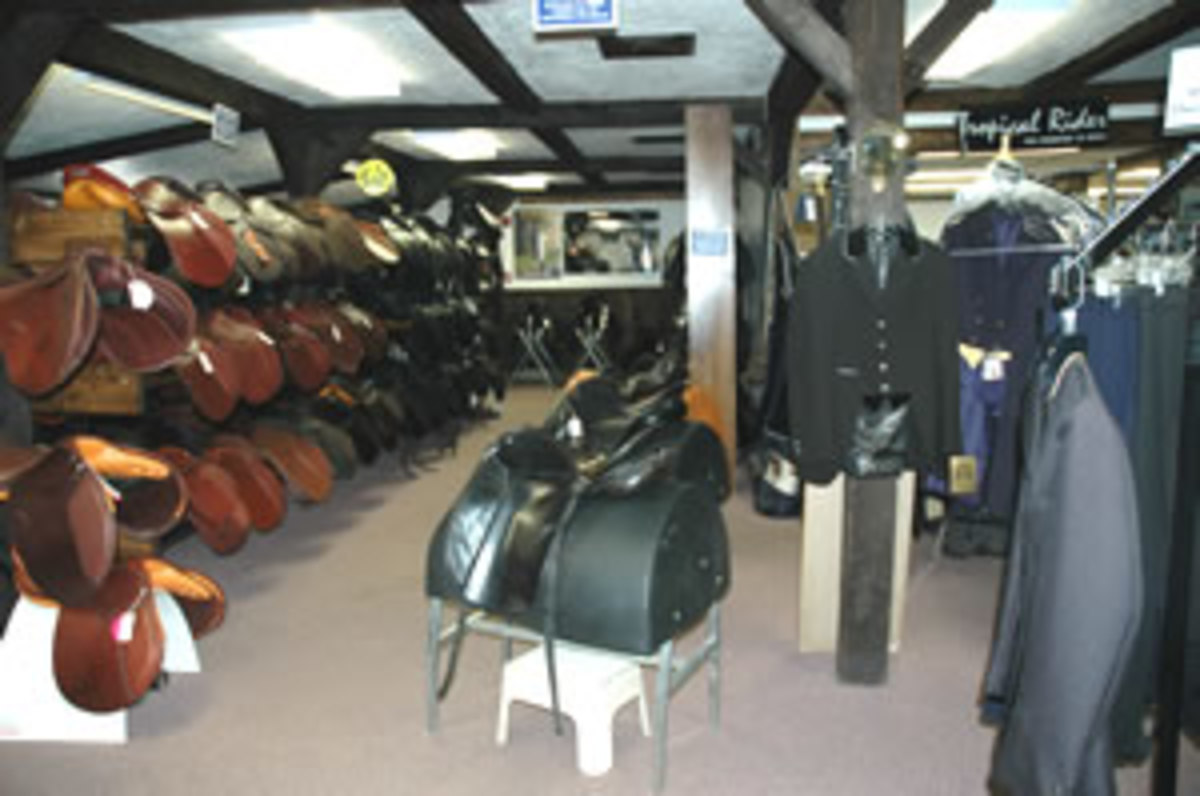How to Fit a Blanket for a Horse
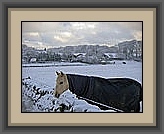
Before We Measure It: Know About It
Horses have been on the planet far longer than humans have. The horse ancestry goes all the way back to eohippus, the first horse, back in the dinosaur days. They have adapted, evolved and adapted again. They will continue to adapt unless humans take away their adaptability by not letting them experience cold weather and grow that healthy winter coat. Blanketing a horse is like you putting on two heavy jackets, that's hot! And the horses natural winter coat won't grow because his body is not registering the need for warmth, because he has artificial warmth, a blanket.
When people see a horse standing outside in the cold, frosty, weather their first thought is along the lines of, "Poor horsie, he must be cold" or "Look at that poor thing, he needs a jacket". This thought process is referred to as "placing human emotions on animals". If you stop and think about the logistics of it you would realize it really doesn't make sense. The horse is wearing a fur coat, one that he grew all by himself! He's not hunkered down, under brush, trying to keep warm. He's grazing comfortably. It is the observer's own self-identification of being cold. Believe it or not, that "poor horsie" is just fine. So the appropriate thought would be, "I would be cold if I was out there." This would be a truer statement. For a horse, wearing a fur coat all day, everyday, cold weather can feel like someone just turned on the air conditioning during a heat wave, and it feels good.
With that said, there does come a time when a blanket is needed and can very well save or extend a horses life.
Consider a Blanket if You Live in Areas North of WA, MT, ND & MN
Foals born in the colder climates, such as those found in the Northern United States as Montana and N. Dakota, Minnesota and above, will certainly thrive better if the owner has a blanket ready and waiting when the foal is born. A horses natural instinct would be to move to a warmer region when foaling time comes, since they are our captives, they cannot do this, so we must improvise for them. If a foal is born in such a cold climate it may very well perish if not provided with shelter or a blanket.
In these colder climates, where snow is a regular winter event, a blanket can be helpful to stave off the cold for horses. Be mindful to remove the blanket as soon as the sun comes out to encourage their natural winter coat to grow and allow them to bask in the warm sun. Even when snow is on the ground, if your wearing a couple of jackets (or fur coat) the sun will heat you up right away. *Horses can't remove the blanket, they rely on humans. So when the sun peeks out, let your horse enjoy it.
*This is a general statement. I know some horses can get them off somehow, someway. I had a horse that could get out of any blanket put on her! I never saw her do it, but every morning there would be her jacket on the ground, in the mud and muck.
Ask Yourself...
If your considering purchasing a blanket there are a few things you should ask yourself...
- Does the weather in the area really warrant a blanket for my horse or is it just cold enough to encourage him to grow a hearty winter coat?
- Blankets come in several densities. What range of temperature does my area normally have? Cold 00 - 300, Medium to Cold 310 - 600, or Warm 610 - ∞.
- Do I want a turn-out blanket, so I can let the horse out to pasture wearing it, or do I want a stable blanket, because the horse will be inside the barn all the time?
- What denier weight should I get?
- What is the measurement of my horse?
All these questions you should be able to answer pretty easily. Except maybe #4 and #5. They may take some thinking though.
The denier weight of a garment is the measure of its "fineness" (as defined by: en.wikipedia.org/wiki/Units_of_textile_measurement). The higher the denier number the better the material will be able to withstand weather conditions and normal wear-n-tear. Horses can be tough on tack!
There are basically four varieties of blankets available:
- Fly Sheet - Has no thermal abilities. Keeps flys off your horse. Very light-weight.
- Lightweight - Good for warmer regions. Warmer according to what is warmer to a horse. Or at least my guesstimate of it. 750 - 850
- Midweight - For regions averaging 600 - 740
- Heavyweight - Getting chilly for a horse 500 - and below
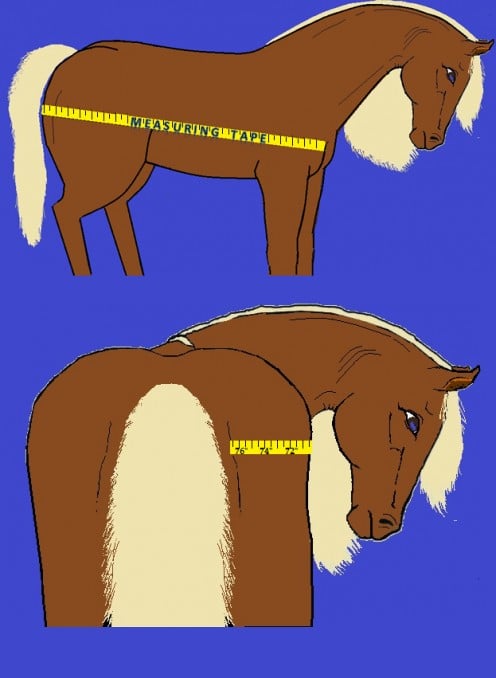
From Where to Where?!
Now there's a good question! Where do I start measuring from and where do I measure to?
This question is really the bottom line of the whole blanket purchase experience. I am of the personality type that does NOT like shopping at all. So making an extra road trip just to return an ill fitting blanket is not high on my priority list. I understand some people enjoy shopping. A return trip to a store is a good reason to get out there and shop, but its not for me, so measuring correctly is important to me.
- Use a cloth or flexible tape measure. You'll be measuring around corners (flank to tail), a flexible tape measure will be a little more accurate. If you can't find a flexible tape measure, go ahead with the solid type just be careful around the corners.
- Starting at the chest, place your tape measure at the center of the sternum where the muscle has a fold (the very center of the chest).
- Pull the tape towards the rear of the horse holding it against the body to maintain accuracy.
- When you get to the rear, measure around the flank to just before the tail. (see pic)
The measurement should be somewhere between 72" (regular size horse) to 76" or 78" (large horse). Those few inches can make quite a difference in fit.
If your horse leans towards the heavy side, you might want to measure around them. From behind the armpit area up to the withers. This way you can measure the blanket at the store to make sure it will have the room a heavier horse may need.
Now the fun part! Color! Blanket's come in a huge array of colors and designs now-a-days. The selection is impressive. When your choosing the design or color, keep in mind that your horse won't see it, you will. If its not pleasing to you, the horse won't care. Go ahead and pick something that will put a smile on your face when you see it. That is what your horse will see, your delicate at looking at him.
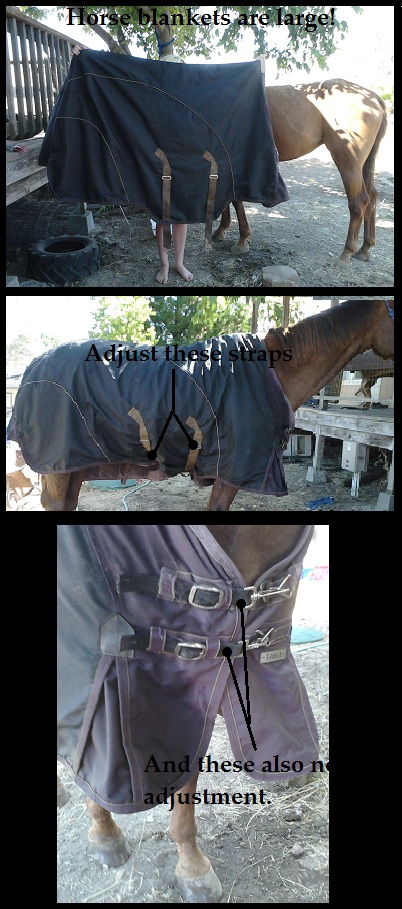
Fitting a Blanket
Make a trial run with your new blanket, cold weather or warm (just for a few minutes on a warm afternoon won't bother the horse). The last thing you want to do is have to fit a blanket for the first time in the middle of a storm! There are several buckles and clips that need adjusting, so make those adjustments when you have time of comfort instead of when you are freezing, pressed for time and uncomfortable.
Lay the blanket on your horse gently, swinging and flapping it about may only frighten him. Buckle all the buckles and snap the snaps. Adjust the belly straps so they are dangling about two to three inches below the belly. Now, run your hand under the front edge of the blanket to make sure it is not "choking" your horse when he lowers his head to graze or drink. If it does adjust the available strap. It may pull taunt, but it shouldn't choke. Next, slide your hand up to the shoulder to make sure there is plenty of room for your horse to walk at his normal gate and he can move his shoulder normal.
Horses can and will be tough on their blanket. When the sun is shining be sure to remove the blanket as soon as you can otherwise your horse may try to remove it themself.
After you remove it be sure to hang it up or stow it somewhere that mice and dogs can't get ahold of it. Mice love the material blankets are made of and dogs enjoy chewing on them.
Remember, your horse has evolved thousands of years. Human intervention only inhibits their ability to continue evolving. Put on two of your fur coats and stand outside for a few minutes before you decide you should put one on your horse.



